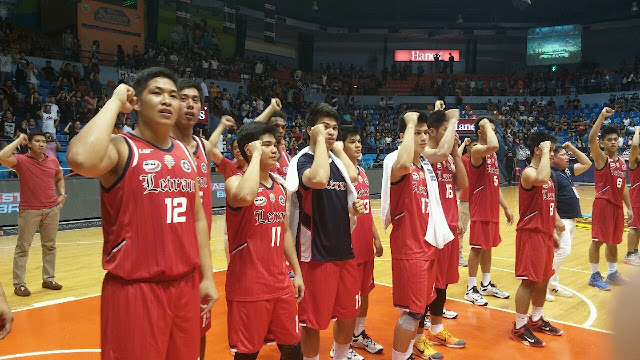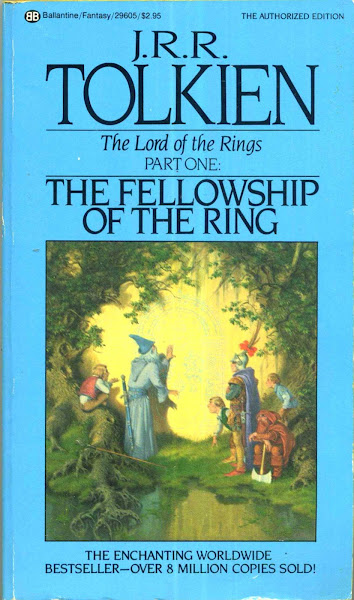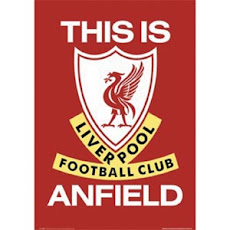Looking at Ateneo’s bounce back win over UP
by rick olivares
What am I looking at after Ateneo’s 56-43 win over UP?
Three things: how the Blue Eagles did defensively, their free throw shooting, and how they held up in the fourth quarter.
Let’s look at it one at a time.
Defense
UP grabbed 57 total boards to Ateneo’s 53. The Blue Eagles though had more defensive rebounds, 36-32.
Ateneo had one more steal, 4-3, and more blocks, 9-6.
Ateneo allowed only 7 points off turnovers (while scoring 16 points of their own from UP turnovers)
Ateneo was able to challenge 73 of UP’s 78 FGs of which they hit only 17 shots. Conversely, UP contested 55 of the Blue Eagles’ 65 attempts of which 13 went in.
Before the match, UP was averaging 60.4 points in five matches. They are actually dead last in scoring (Adamson that hasn’t won a game yet scores four more points a game). Ateneo held the Fighting Maroons to a season low by any team thus far -- 43 points.
By game’s end, Ateneo moved up a notch higher to #4 in the team defense rankings.
In this match versus UP, I thought that the Blue Eagles took a lot of the fight out of the Maroons early in the game. Sure they had that early third quarter blitz where they scored seven straight points. But they started the game in similar fashion. When Ateneo clamped down defensively, UP struggled again.
Both Kiefer Ravena and Chibueze Ikeh came up huge defensively today. Ravena was still in the midst of a prolonged slump but he played defense all throughout. Kief grabbed 11 boards and had two steals. He nearly had two others as well. Ikeh literally rebound from a poor performance against UST as he hauled down 16 rebounds and swatted away three shots. He forced UP to try other shots on several occasions.
If Ateneo wants to go deep this season, they will need Ikeh to be consistent in his performances.
Free throws
Since that opening day blowout loss to FEU where the Blue Eagles made 11 of 12 FT attempts, it has gone downhill for them from the 15-foot line.
4-10 vs Adamson 40%
22-43 vs NU 51%
16-27 vs UE 59%
10-17 vs UST 59%
Against, UP, Ateneo was 13-24 for 54%.
Ateneo is fourth in total free throw attempts with 133 but is a poor seventh in accuracy.
It is a waste because these are valuable points.
Against UP, Ateneo completed two three-point plays.
Completed two free throws 1
Split two free throws 8x
Missed both free throws 2x
They really need to work on their free throw shooting.
The endgame
As for the endgame collapses, here is how Ateneo previously did in the final quarter or period of overtime:
FEU 24-15 Ateneo
Adamson 12-22 Ateneo
NU 14-15 (4th quarter) Ateneo NU 8-12 Ateneo in 2nd OT
UE 22-14 Ateneo
UST 26-6 Ateneo
UP 12-11 Ateneo
Opponent 18.3-13.8 Ateneo in the fourth period
Opponent 17.3 - 13.3 Ateneo including the 2nd period of OT
This is of great concern because they do not close out games particularly well. They have been finding ways to win ugly games and all. Hopefully, the coaching staff can remedy this as soon as possible (with La Salle coming up).
Breaking down 4th Qtr performances further:
Vs. FEU
Ponso Gotladera 7 minutes = 6 points
Von Pessumal 10 minutes = 5 points
Kiefer Ravena 7 minutes = 0 points
Vs. Adamson
Ravena 2 minutes = 6 points
Jerie Pingoy 6 minutes = 5 points
Pessumal 5 minutes = 0 points
Vs. NU
4th Period
Ravena 10 minutes = 7 points
Pessumal 10 minutes = 0 points
2nd OT
Chibueze Ikeh 5 minutes = 6 points
Ravena 5 minutes = 3 points
Pessumal 5 minutes = 3 points
Vs. UE
Ravena 9 minutes = 8 points
Pessumal 10 minutes = 0 points
Vs. UST
Pessumal 10 minutes = 2 points
Ravena 10 minutes = 1 point
Vs. UP
Ravena 9 minutes = 7 points
Pessumal 9 minutes = 0 points
Kiefer has been playing 34 minutes a game while Von is on the court for 31 minutes.
My thoughts on this match:
Gotta give credit to the coaching staff. There is improvement in ball rotation, in team defense, in the sets they run. They just need to work on their free throws, shooting, and end game. 4-2 isn’t so bad. Thanks.
Someone opined to me that the UP team we played was reeling from their recent crashes. Regardless. They have always played Ateneo strong whether they went winless or they were contenders.
I think credit must be given to Ateneo for playing great defense. The Blue Eagles aren’t totally in sync yet. Some players are inconsistent, some are underperfoming, while some are revelations. I figure they will have worked out the kinks by the start of the second round.
I think credit must be given to Ateneo for playing great defense. The Blue Eagles aren’t totally in sync yet. Some players are inconsistent, some are underperfoming, while some are revelations. I figure they will have worked out the kinks by the start of the second round.
We need to point out that Von Pessumal has rebounded quite well from the poor outing against NU. However, the other players really really need to step up so the load can be shared. If you have watched Ravena through the years, he is all about passing the ball to teammates and helping them. If he gets more rest, he will be more effective in the crunch.
Props to Ikeh for a superb game. Ditto with John Apacible who is 10/10 in FGs!
Matt Nieto… it’s like watching Olsen Racela all over again.




















